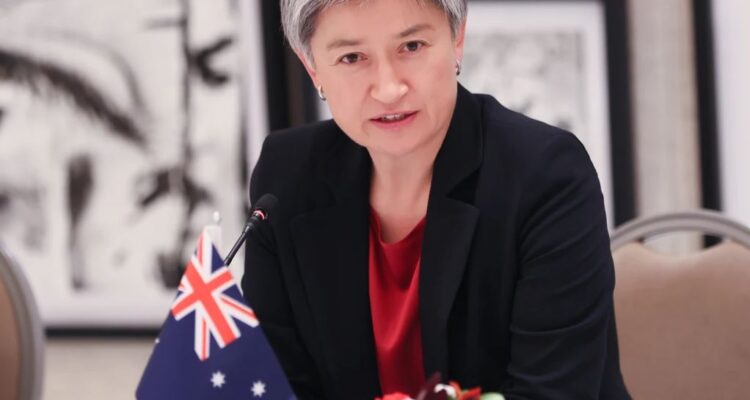It’s hard to know where to start following the Albanese government’s decision to withdraw recognition of West Jerusalem as Israel’s capital (perhaps around 1000 BCE — when King David conquered Jerusalem and declared it the Jewish people’s capital — would be a good start). So let’s unpack it.
On Monday night, after it was revealed that the Department of Foreign Affairs and Trade removed Australia’s recognition of the Israeli capital from its website, Foreign Minister Penny Wong’s office rushed to deny any such change. That all unravelled on Tuesday, when the government confirmed it had indeed reversed Scott Morrison’s 2018 recognition of West Jerusalem as Israel’s capital.
Announcing the move, Wong described Jerusalem as “a final status issue” to be resolved in peace negotiations between Israelis and Palestinians, while reaffirming Australia’s support for a two-state solution and its opposition to any “approach that undermines this prospect”.
How exactly this will advance peace is anyone’s guess. While there are various territorial disputes between Israelis and Palestinians, Australia’s assertion that West Jerusalem’s status remains undetermined is an ahistorical, patronising insult to its only democratic ally in a volatile region.
West Jerusalem has been under Israeli control since Israel’s establishment in 1948, while Israel’s parliament has sat in West Jerusalem since 1950. It is home to Israel’s supreme court, the president’s residence and numerous governmental offices. It should come as no surprise, then, that every serious peace proposal has accepted Israel’s control over West Jerusalem. (East Jerusalem – which houses some of Judaism, Christianity and Islam’s holiest sites, as well as a sizeable Palestinian population that lives largely separate from Jerusalem’s Jewish inhabitants – is another issue entirely.)
Read the article by Josh Feldman in The Age.

